Description
Okay, let’s craft an article about Lactase, covering its role, importance, and implications for those who struggle to digest lactose. Here’s a draft:
Lactase: The Key to Unlocking Dairy’s Goodness (and What Happens When You Don’t Have Enough)
For many, the creamy texture of milk, the tangy delight of yogurt, and the cheesy indulgence of pizza are simple pleasures. But for millions worldwide, consuming dairy products can lead to discomfort, bloating, and other digestive issues. The key to understanding this difference lies in a single enzyme: Lactase.
What is Lactase?
Lactase is an enzyme produced in the small intestine. Its primary function is to break down lactose, a sugar found in milk and other dairy products. Lactose is a disaccharide, meaning it’s composed of two smaller sugar molecules: glucose and galactose. Lactase acts like a molecular scissor, cleaving the lactose molecule into these simpler sugars. Once broken down, glucose and galactose can be easily absorbed into the bloodstream and used for energy.
Why is Lactase Important?
Without sufficient lactase, the lactose you consume remains undigested in the small intestine. As it travels to the colon, it becomes food for bacteria. These bacteria ferment the lactose, producing gases (like hydrogen and methane) and short-chain fatty acids. This fermentation process is what leads to the uncomfortable symptoms associated with lactose intolerance.
Lactose Intolerance: When Lactase is Lacking
Lactose intolerance is a common condition characterized by the body’s inability to produce enough lactase to properly digest lactose. It’s not an allergy, but rather a digestive issue. There are several types of lactose intolerance:
- Primary Lactose Intolerance: This is the most common type and develops gradually over time. Lactase production naturally declines as people age, often starting in adulthood. The onset and severity vary greatly among individuals.
- Secondary Lactose Intolerance: This type occurs as a result of damage to the small intestine, often caused by illness, surgery, or conditions like celiac disease or Crohn’s disease. Treating the underlying condition may restore lactase production.
- Congenital Lactose Intolerance: This is a rare genetic disorder where infants are born with little or no lactase production. It requires immediate medical intervention and a lactose-free diet from birth.
- Developmental Lactose Intolerance: This can occur in premature infants whose small intestines haven’t fully developed yet. It usually resolves on its own as the baby matures.
Symptoms of Lactose Intolerance:
Symptoms typically appear between 30 minutes and two hours after consuming dairy and can include:
- Bloating
- Gas
- Diarrhea
- Abdominal cramps
- Nausea
The severity of symptoms varies depending on the amount of lactose consumed and the individual’s level of lactase production.
Managing Lactose Intolerance:
While there’s no cure for lactose intolerance, it can be effectively managed through dietary adjustments and other strategies:
- Dietary Modifications: Limiting dairy intake is the most common approach. Many individuals can tolerate small amounts of lactose, so it’s important to find your personal threshold.
- Lactose-Free Products: A wide variety of lactose-free milk, yogurt, cheese, and other dairy alternatives are available. These products have lactose already broken down or removed.
- Lactase Supplements: These over-the-counter supplements contain lactase enzymes that can be taken before consuming dairy. They help to digest lactose in the small intestine, reducing the risk of symptoms.
- Eating Dairy with Other Foods: Consuming dairy as part of a larger meal can slow down digestion and reduce the amount of lactose that reaches the colon at once.
- Gradual Introduction: Some individuals may be able to gradually increase their tolerance to lactose over time by regularly consuming small amounts of dairy.
Beyond Digestion: The Potential Benefits of Lactase Research
Ongoing research into lactase and lactose intolerance is exploring new ways to improve the lives of those affected. This includes:
- Improved Lactase Supplements: Developing more effective and convenient lactase supplements.
- Genetic Research: Further understanding the genetic factors that contribute to primary lactose intolerance.
- Therapeutic Applications: Investigating the potential role of lactase in treating other digestive disorders.
Conclusion:
Lactase plays a crucial role in our ability to enjoy the nutritional benefits and delicious flavors of dairy. Understanding its function, the causes of lactose intolerance, and effective management strategies can empower individuals to make informed choices about their diet and enjoy dairy products comfortably. If you suspect you may be lactose intolerant, consult with a healthcare professional or registered dietitian for personalized advice and guidance.

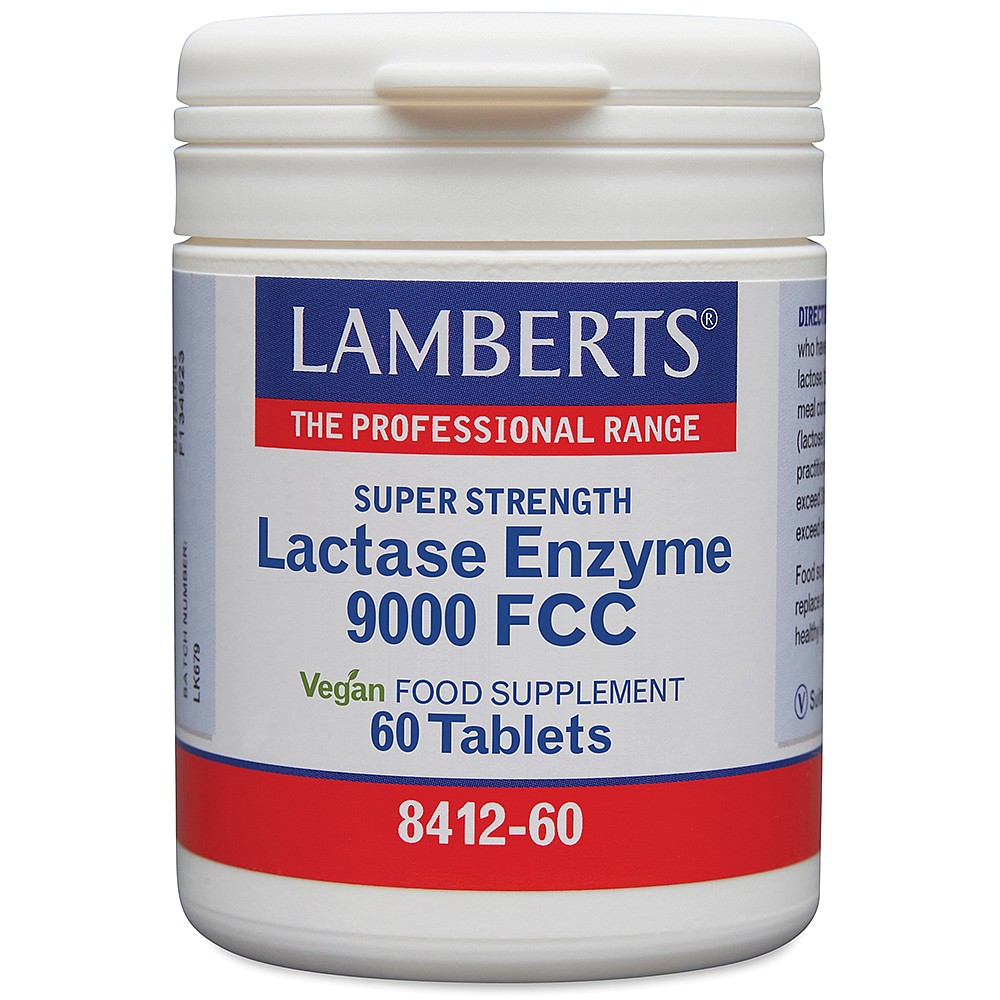
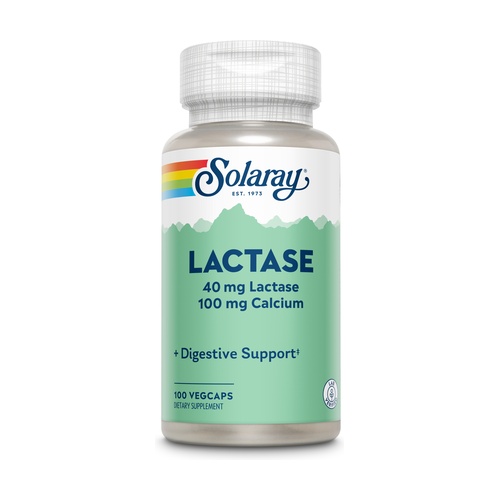
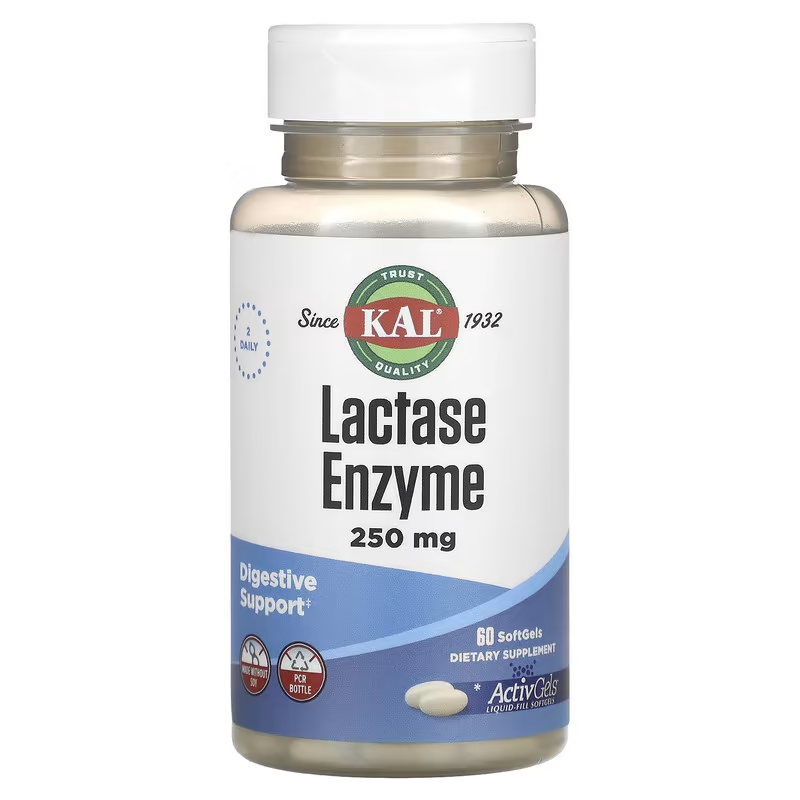
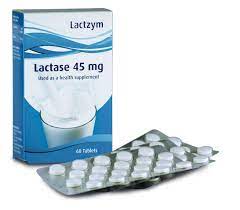
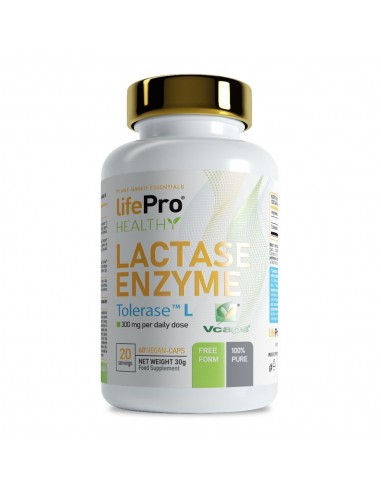
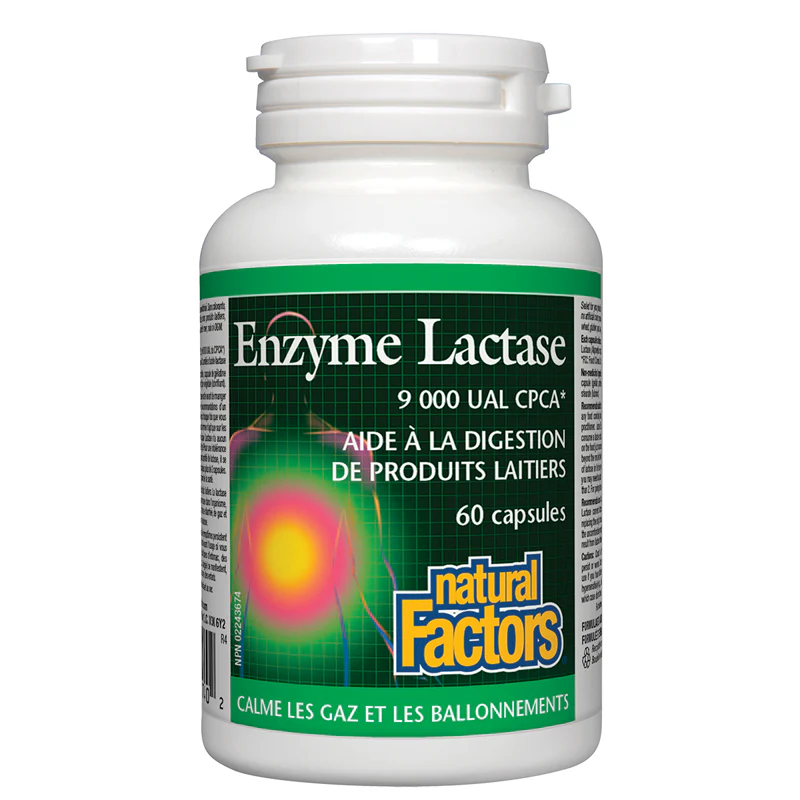


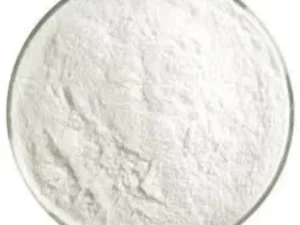

Reviews
There are no reviews yet.